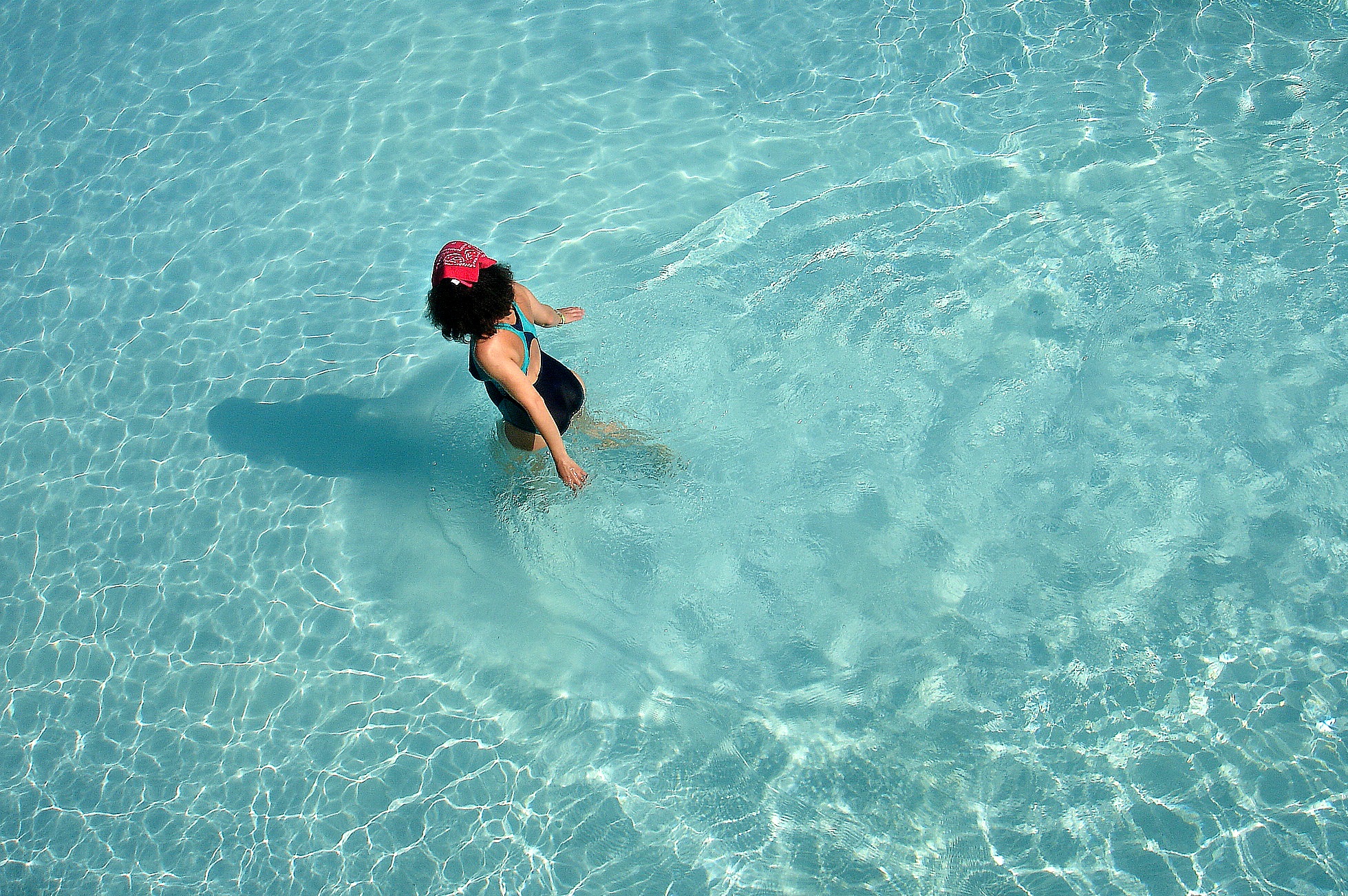So you’ve decided to ditch the chlorine pool system in favor of a saltwater pool. Maybe you’re concerned about the negative health effects of chlorine overexposure, or you’ve discovered that the cost to maintain a pool with a saltwater system is on the lower side.
No matter your reasoning, you’ve made the switch, and now it’s time to adjust to your new saltwater pool system.
The question is, how do you maintain it? You know the basics: The salt works to generate the chlorine needed to keep the pool clean, but it needs the help of a saltwater pool generator. What issues should you look out for, and how do you make sure everything is functioning as it should?
Read on for five easy ways to handle your saltwater pool maintenance.
1. Weekly Saltwater Pool Maintenance: Check Your Chlorine and pH Levels
Use test strips or a drop test kit to make sure that your chlorine and pH levels are adequate. If they are too low or too high, your pool will not be able to combat germs the way that it is designed to.
In a saltwater pool system, chlorine can fluctuate if the salt levels are off or if the cell is not functioning the right way. The pH levels can fluctuate due to several natural and uncontrollable factors, like temperature and carbon dioxide.
To lower chlorine levels, you can lower the output setting on your generator or shorten the length of time that you run your pool’s circulation system. To lower pH levels, gradually introduce a liquid hydrochloric or muriatic acid to the water.
To raise chlorine levels, raise the output setting on your generator. If this doesn’t do the trick, you may have to shock your pool with the super-chlorinator setting on your generator. Raise the pH levels by introducing alkali calcium carbonate to the water.
While testing your water for chlorine and pH levels should be a weekly chore, adjusting these levels shouldn’t have to happen often. If this is a reoccurring issue, you may want to contact professionals who offer pool chemical stabilization.
2. Weekly Saltwater Pool Maintenance: Check Your Stabilizer Level
Pool stabilizer, or cyanuric acid, prevents UV rays from reducing the chlorine levels in your pool. Find a drop test kit that’s designed to read the stabilizer level and use it once a week. If your stabilizer level is low, your chlorine is being turned into gas and floating into the air, where it certainly can’t clean your pool water!
The amount of stabilizer you need depends on the amount of direct sunlight your pool gets. For a saltwater pool that gets a lot of sunlight, you should have levels of at least 70 ppm. For an indoor pool that doesn’t get much direct sunlight, about 30 ppm should be fine.
3. Monthly Saltwater Pool Maintenance: Manually Test for Salt Levels
Most saltwater generators have a panel that displays a salt reading for your pool that you can check once a week or so when you’re testing for chlorine and pH levels. However, these devices may need to be recalibrated from time to time. Doing a separate test on your own and comparing it to your saltwater generator will give you a sense of how accurate it is.
The amount of salt your saltwater pool needs depends on the saltwater generator you have installed. Some test kits can read for salinity, or you can pick up a digital salt meter.
If you find that you need to add more salt, do so very gradually and check the levels throughout. If you oversalt your pool, the only way to fix it is to add freshwater, which is a much bigger hassle!
4. As-Needed Saltwater Pool Maintenance: Clean Your Filter, Pump, Skimmer, and Generator Cell
When it comes to saltwater pool maintenance, cleaning is key. If anything is blocking the flow of water in your pool, the generator can stop generating chlorine, making your pool unsafe to swim in.
On a regular basis, clear out your filter, pump, and skimmer of any debris. Check not only these areas but also the walls and floor of your pool for algae. Different types of algae thrive in freshwater, especially if it sits in direct sunlight and doesn’t circulate well. If your filter and pump aren’t working properly, algae blooms can appear, some of which are highly toxic to humans.
The generator cell should be inspected every three months or so. Remove it from the generator and look inside for any debris or scale-like buildup. Use high water pressure and a plastic scraping tool to remove any scaliness. For tougher residue, you may have to use an acid wash as instructed by the generator’s manufacturer.
5. Yearly Saltwater Pool Maintenance: Winterize Your Generator
In the months that are too cold for swimming (a fleeting season in Texas), you will need to winterize your saltwater pool generator. Remove the flow switch and cell from the generator, make sure they’re clean, and store them inside.
If you know your winters are mild, you can skip this step. However, if you’re getting hit with a cold front and the temperatures are below freezing, run the pump continuously to prevent water from freezing in the piping.
Depending on your pool and your local climate, this may be one of many steps you should take to fully winterize your pool.
Don’t Sweat It
Saltwater pool maintenance may seem complicated based on this breakdown, but the reality is that most of these steps won’t take more than a few minutes. Plus, you don’t have to store and handle a ton of chemicals!
Whether you’re convinced that it’s time to switch to saltwater, you’re ready to build a backyard pool for the first time, or you need some help balancing your chemical levels, we would love to help. For questions, requests, or quotes, contact us today!




